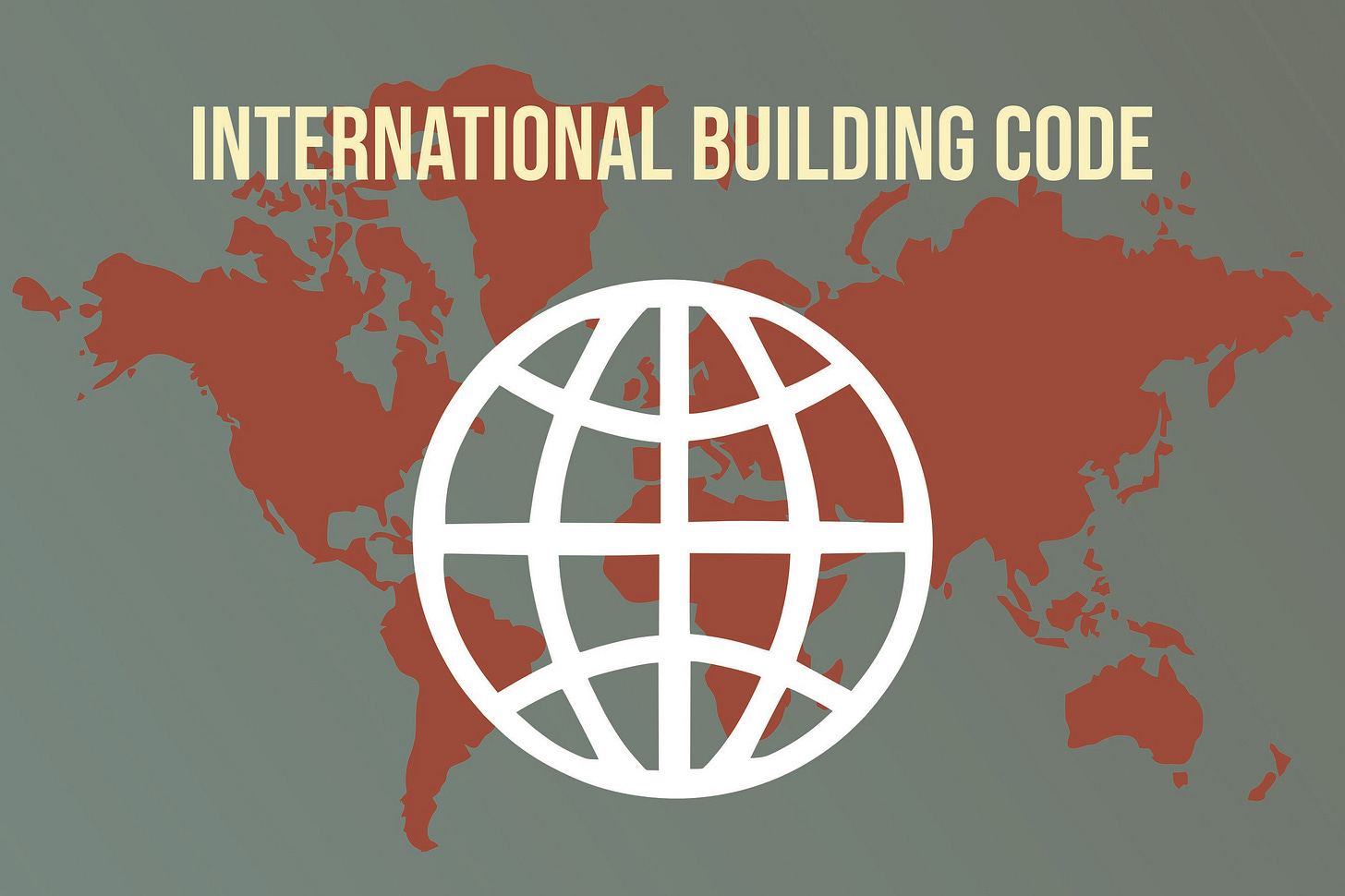Note: These blog series are made back in 2019 and migrated from my old website which focused around exploring Building Laws in the Philippines in the context of our individual thesis topics.
The International Building Code (IBC) is the ex prima and the foundation of the complete family of International Codes that was developed by the International Code Council which updates every 3 years. The code composed by recognized trade professionals were hereby adopted by national codes that varies by country or state, which provides better translation of the locale’s interests and priorities in its infrastructure.
The IBC is a globally recognized essential tool that promotes principles for public health, safety and welfare. The Code also aims to guide the implementation of efficient designs that both allied professionals understand and recognized. This also encourage the use of smarter building technologies which are already tested and proven effective for advancing design standards.
Since then, Architecture as the federate discipline for building construction, it always aim for the best result and design for all structures. Which is why the Philippines always use international guidelines aside from IBC such as, National Fire Protection Association Standards, International Fire Code, Plumbing Code, Mechanical Code and others. These codes will help achieve the RA 9266 goal to develop professional architects practice to “world-class and globally competitive” which will be tested in the near ASEAN economic integration.
The book is composed of 33 Chapters, with small portions adopted by the National Building Code in its local context. In the personal point of view of the author, the IBC presents a more comprehensive set of information than the locally adopted NBC, this limits the capabilities of our design and at some point may become obsolete.
There may be a lot of reasons why NBC presents minimum local requirements, these may be the lack of competent law makers and practitioners that will contribute in the revision of the NBC; or the lack of modern technologies and building construction techniques available in the country; or possibly negligence in understanding and implementing advancements in building construction. Nevertheless, as future builders of nation, Architects must always conform to higher standards without sacrificing aesthetics and more importantly, public safety and welfare of building occupants.


